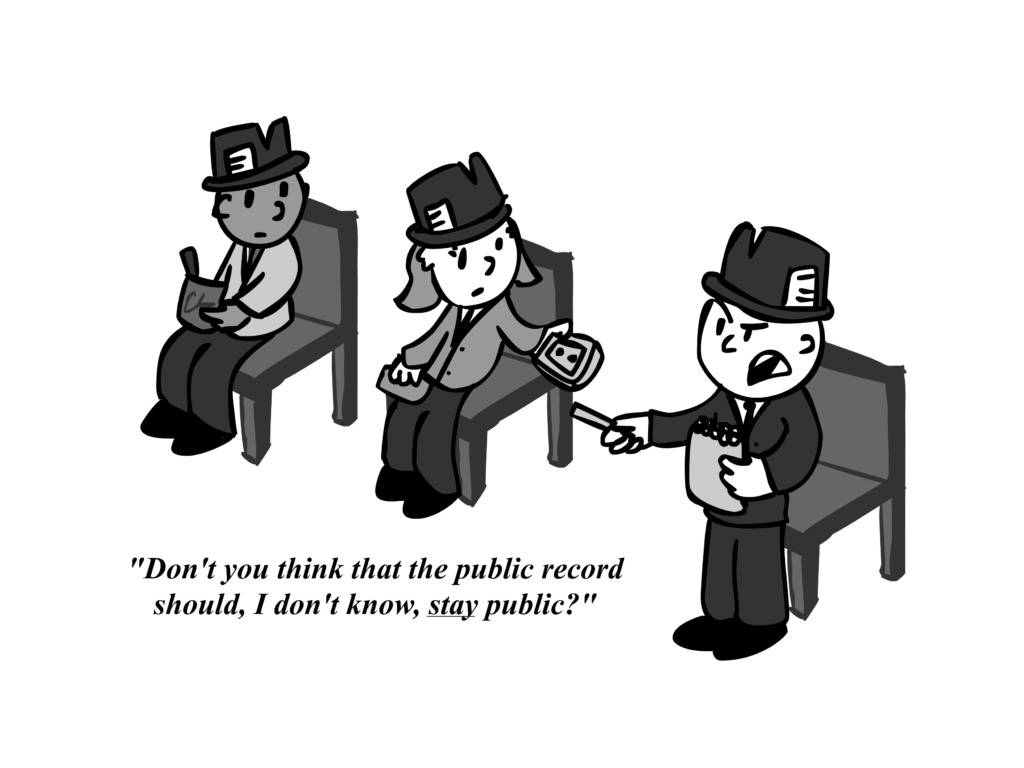There he stood. Under a basket at Princeton University’s Dillon Gymnasium, in his basketball practice uniform. Still sweating from a demanding workout. Now he caught questions, not basketballs, passed to him by the acclaimed writer John McPhee.
On assignment for The New Yorker, McPhee interviewed the Princeton All-American for a long piece centered on his senior year at Princeton, a year in which he led the nation in scoring and secured a Rhodes Scholarship to study history and political science for two years at Oxford University in England.
Bill Bradley fielded questions just as he played basketball, effortlessly and with grace. In those early 1960s, before Pistol Pete, before Dr. J, before Air Jordan and before Lebron James and Kevin Durant, Bradley’s style was decidedly straightforward and unexaggerated.
“He dislikes flamboyance,” McPhee wrote, “and, unlike some of basketball’s greatest stars, has apparently never made a move merely to attract attention.”
“Nonetheless,” according to McPhee, “he does make something of a spectacle of himself when he moves in rapidly parallel to the baseline, glides through the air with his back to the basket, looks for a teammate he can pass to, and, finding none, tosses the ball into the basket over one shoulder, like a pinch of salt.” McPhee concluded that the shot “has the essential characteristics of a wild accident, which is what many people stubbornly think they have witnessed until they see him do it for the third time in a row.”
The unorthodox, over-the-shoulder shot had no name. Bradley said that “he had never heard a name for it, but that he had seen Oscar Robertson, of the Cincinnati Royals, and Jerry West, of the Los Angeles Lakers, do it and had worked it out for himself.” Yes, he had worked it out for himself.
On that day while answering the author’s questions, Bradley insisted that the maneuver “is a much simpler shot than it appears to be, and, to illustrate, he tossed a ball over his shoulder and into the basket while he was talking and looking (McPhee) in the eye.” McPhee retrieved the ball and handed it back to the Princeton star.
“When you have played basketball for a while, you don’t need to look at the basket when you are in close like this,” Bradley explained as he flipped the ball over his shoulder again cleanly through the hoop. Eventually, he said, “You develop a sense of where you are.” You develop a sense of where you are.
Since my teenage years, playing basketball at Webster County High School and then Belmont University, I have respected and admired Bill Bradley, first for his exploits on the hardwood and now for everything that he has done since he laced up his high top Converses for the last time. After graduating from Princeton, he turned down a lucrative contract with the New York Knickerbockers to study at Oxford.
He returned from England to play for the Knicks, winning an NBA championship and writing “Life on the Run,” a poignant memoir about the grueling, exotic life of an NBA star. Upon his retirement from professional basketball, he ran successfully for a New Jersey Senate seat, and then in 2000, he ran unsuccessfully for the presidency of the United States. He has continued to write books about what it means to live a life in service to others.
As a teacher of history, what I admire most about Bradley is that he has insisted that the only way to develop “a sense of where we are” in the world is to study and understand the past.
How can we make a difference in this world, or here at Murray State? What is our niche? How can we make our lives count for something beyond ourselves?
Only by understanding something about where we came from are we able to develop “a sense of where we are” in our communities, in our state, in our nation, in our world, in the whole scheme of things. Only then can we live our lives to the fullest.
Column by Duane Bolin, Professor of history






























































































